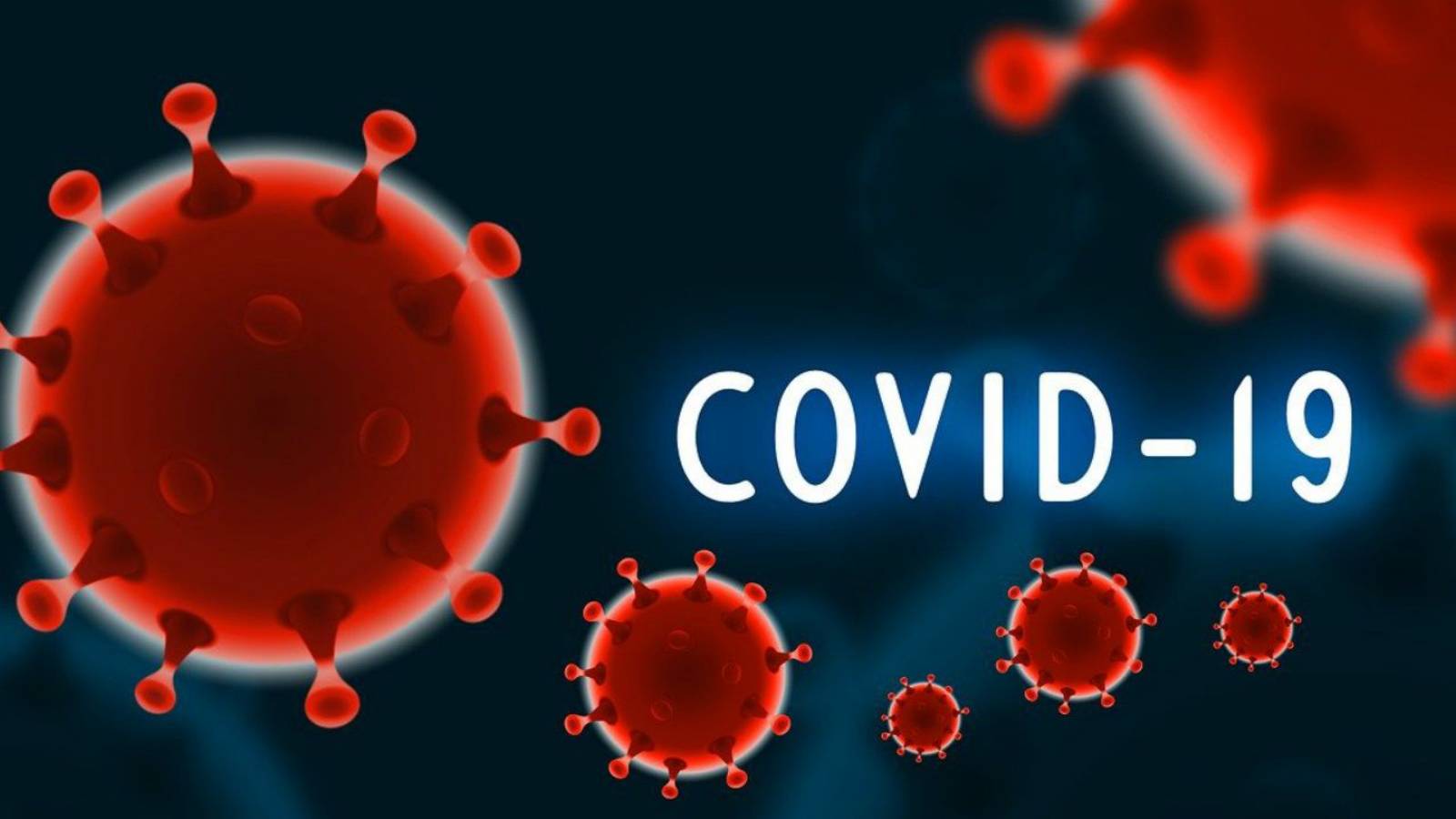INSP a actualizat astazi definitiile de caz cu privire la infectarea cu noul Coronavirus, stabilind o serie de reguli noi cu privire la modul in care sunt analizati si tratati oamenii care sunt considerati ca fiind posibil infectati.
“Caz suspect
- orice persoană cu debut brusc de febră şi tuse sau orice persoană cu debut brusc al oricăror 3 sau mai multe dintre următoarele semne şi simptome: febră, tuse, astenie, cefalee, mialgii, dureri în gât, coriza, dispnee, anorexie / greţuri /vărsături, diaree, status mental alterat;
- orice persoană cu pneumonie, bronhopneumonie +/- pleurezie;
- orice persoană cu infecţie respiratorie acută severă (SARI) – febră sau istoric de febră şi tuse şi dificultate în respiraţie (scurtarea respiraţiei) şi care necesită spitalizare peste noapte.
- pentru copiii cu vârsta până la 16 ani care prezintă manifestări gastro-intestinale (vărsături, diaree) neasociate cu alimentaţia, se poate suspecta infecţia cu SARS-CoV-2, arată INSP.
Confirmarea promptă a cazului suspect este necesară pentru a asigura, rapid şi eficient, supravegherea epidemiologică a contacţilor, implementarea măsurilor de prevenire şi control al infecţiei, precum şi colectarea informaţiilor epidemiologice şi clinice relevante, potrivit INSP.
Caz probabil
- un pacient care întruneşte criteriile clinice enunţate la cazul suspect şi este contact al unui caz confirmat sau are legătură epidemiologică cu un focar cu cel puţin un caz confirmat;
- un caz suspect cu imagine pulmonară sugestivă pentru COVID-19: Rx pulmonară: opacităţi neclare, frecvent rotunde, cu distribuţie periferică inferioară; CT pulmonară: multiple opacităţi bilaterale cu aspect de sticlă mărunţită, frecvent rotunde, cu distribuţie periferică inferioară; ecografie pulmonară: linii pleurale îngroşate, linii B (multifocale, discrete sau confluente), tipare de consolidare cu sau fără bronhograme;
- o persoană cu debut recent de anosmie (pierderea mirosului) sau ageuzie (pierderea gustului) în absenţa unei cauze identificate;
- un adult decedat fără o cauză explicabilă, cu insuficienţă respiratorie care a precedat decesul şi care a fost în contact cu un caz confirmat sau care a avut legătură epidemiologică cu un focar cu cel puţin un caz confirmat.
Caz confirmat
- o persoană cu confirmare în laborator a infecţiei cu SARS-CoV-2, indiferent de semnele şi simptomele clinice;
Contact direct
- persoana care locuieşte în aceeaşi gospodărie cu un pacient cu COVID-19;
- persoana care a avut contact fizic direct cu un caz de COVID-19 (ex. strângere de mână fără igiena ulterioară a mâinilor);
- persoana care a avut contact direct neprotejat cu secreţii infecţioase ale unui caz de COVID-19 (ex. în timpul tusei, atingerea unor batiste cu mâna neprotejata de mănuşă);
- persoana care a avut contact faţă în faţă cu un caz de COVID-19 la o distanţă mai mică de 2 m şi cu o durată de minimum 15 minute;
- persoana care s-a aflat în aceeaşi încăpere (ex. sala de clasă, sala de şedinţe, sala de aşteptare din spital) cu un caz de COVID-19, timp de minimum 15 minute şi la o distanţă mai mică de 2 m;
- persoana din rândul personalului medico-sanitar sau altă persoană care acordă îngrijire directă unui pacient cu COVID-19 sau o persoană din rândul personalului de laborator care manipulează probe recoltate de la un pacient cu COVID-19, fără portul corect al echipamentului de protecţie.
Orice persoană care a purtat masca/echipamentul de protecţie corespunzător şi a respectat distanţarea fizică nu este considerată contact direct.
Tipuri de cazuri de COVID-19
Un caz COVID-19 poate fi de origine comunitară sau asociat asistenţei medicale (IAAM), în funcţie de:
- numărul de zile anterioare datei debutului sau a confirmării în laborator, după data internării într-o unitate sanitară (spital, centru de dializa), centru rezidenţial de şedere prelungită (ziua 1);
- argumentele din investigaţia epidemiologică privind originea comunitară sau IAAM (apartenenţa cazului la focare de infecţii cu una sau alta dintre origini).
Caz COVID-19 comunitar
- simptome prezente la internare sau debut în primele 48 de ore după internare;
- debut în zilele 3-7 după internare şi o suspiciune puternică de transmitere comunitară (apartenenţa la un focar de cazuri comunitare);
Caz COVID-19 asociat asistenţei medicale
- debut după 48 ore de la internare şi o suspiciune puternică de transmitere asociată asistenţei medicale;
- cazurile la personalul medico-sanitar şi auxiliar, dacă nu există argumente puternice în favoarea unei transmiteri comunitare;
Deces la pacient confirmat cu COVID-19
- Decesul cu COVID-19 este definit ca decesul survenit la un pacient confirmat cu COVID-19, cu excepţia situaţiilor în care există o altă cauză clară a morţii, care nu poate fi în relaţie cu COVID-19 (ex. traumatism, hemoragie acută majoră, etc) şi la care nu a existat o perioadă de recuperare completă între boală şi momentul decesului.
- Decesul la un pacient confirmat cu noul coronavirus nu poate fi atribuit unei boli preexistente (de ex. cancer, afecţiuni hematologice etc.) şi COVID-19 trebuie raportată ca şi cauză a decesului, independent de condiţiile medicale preexistente care se suspectează că au favorizat evoluţia severă a infecţiei cu SARS-CoV-2.
- COVID-19 trebuie menţionată pe certificatul de deces drept cauza a decesului pentru toate persoanele decedate la care COVID-19 a cauzat sau se presupune că a cauzat sau a contribuit la deces.
- De asemenea, cazurile confirmate COVID soldate cu deces, la care testele RT-PCR în dinamică din sputa/aspirat bronşic sunt negative (2 teste), pot fi considerate deces datorat infecţiei cu SARS-CoV-2 dacă clinicianul evidenţiază semne şi simptome înalt sugestive şi decesul este corelat cu evoluţia clinică determinată de COVID.
- În situaţia în care apare necesitatea clarificării cauzei decesului, se indică examene RT-PCR din ţesut pulmonar recoltat de către medicul specialist anatomie patologică/medicină legală fără a fi necesară necropsia.”






















